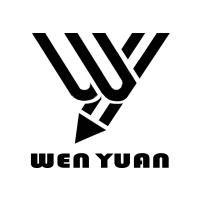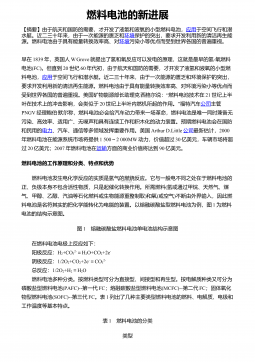中英文翻译-轴承的摩擦与润滑
标签: #翻译
南昌航空大学科技学院学士学位论文外文文献FrictionLubricationofBearingInmanyoftheproblemthusfar,thestudenthasbeenaskedtodisregardorneglectfriction.Actually,frictionispresenttosomedegreewhenevertwopartsareincontactandmoveoneachother.Thetermfrictionreferstotheresistanceoftwoormorepartstomovement.Frictionisharmfulorvaluable...
相关推荐
-
乐余污水处理厂二期工程设计
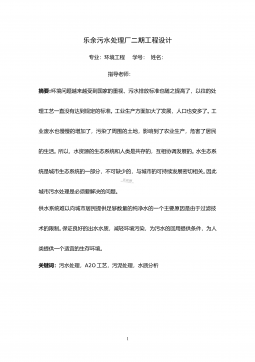
 2022-10-17 119
2022-10-17 119 -
辉发河流域生态环境现状与保护
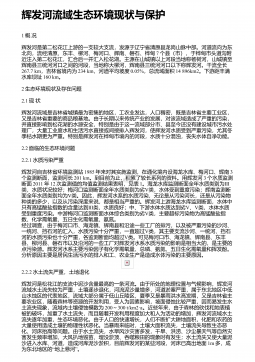
 2024-04-15 198
2024-04-15 198 -
珲春市生态城市建设的经验总结
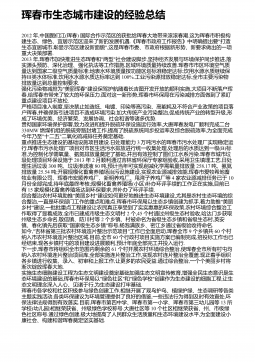
 2024-04-15 60
2024-04-15 60 -
湟水河水土流失现状、成因及危害与治理
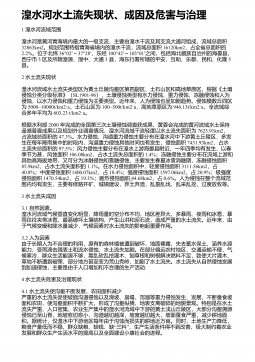
 2024-04-15 64
2024-04-15 64 -
黄土高原水土保持与生态治理的成效与建议
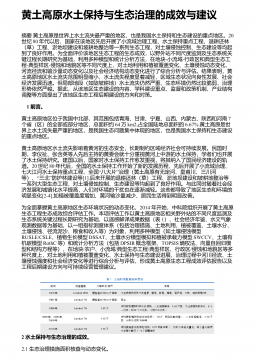
 2024-04-15 45
2024-04-15 45 -
黄河流域高质量发展和生态保护制度的不足与健全策略
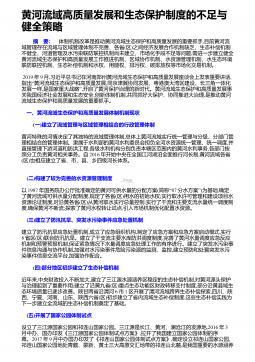
 2024-04-15 54
2024-04-15 54 -
荒漠化的主要成因及土地利用规划环境影响评价
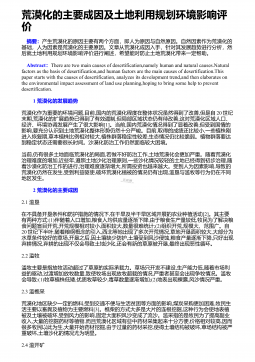
 2024-04-15 40
2024-04-15 40 -
公众参与自然保护地的问题和制度完善
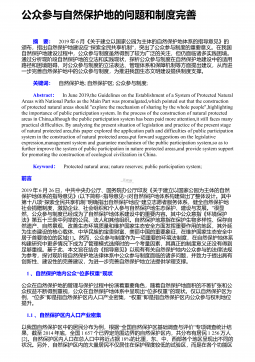
 2024-04-15 28
2024-04-15 28 -
城市生态环境保护论文(汇总8篇)
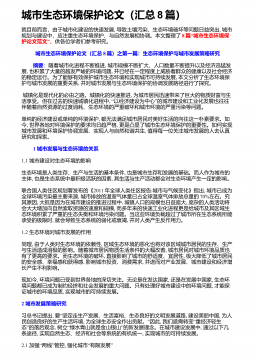
 2024-04-15 213
2024-04-15 213 -
云南省磷矿资源开发利用问题、成因及应对措施
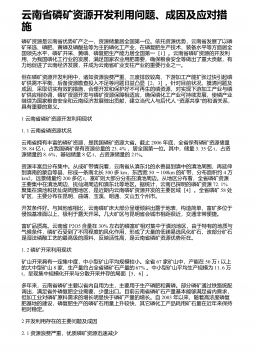
 2024-04-20 209
2024-04-20 209
相关内容
-
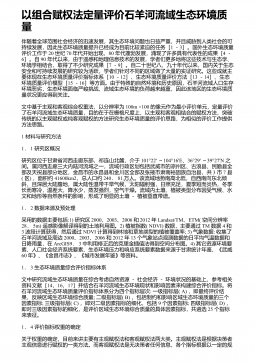
以组合赋权法定量评价石羊河流域生态环境质量
分类:社科文学类资料
时间:2024-04-20
标签:无
格式:DOCX
价格:免费
-
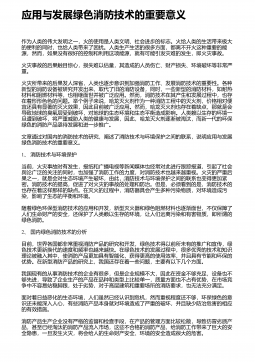
应用与发展绿色消防技术的重要意义
分类:社科文学类资料
时间:2024-04-20
标签:无
格式:DOCX
价格:免费
-
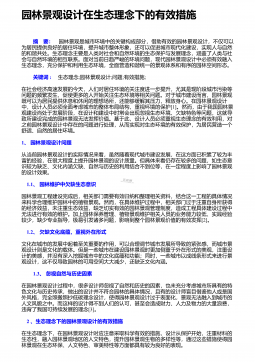
园林景观设计在生态理念下的有效措施
分类:社科文学类资料
时间:2024-04-20
标签:设计
格式:DOCX
价格:免费
-
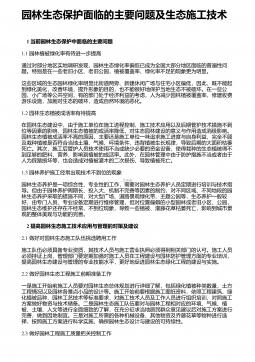
园林生态保护面临的主要问题及生态施工技术
分类:社科文学类资料
时间:2024-04-20
标签:无
格式:DOCX
价格:免费
-
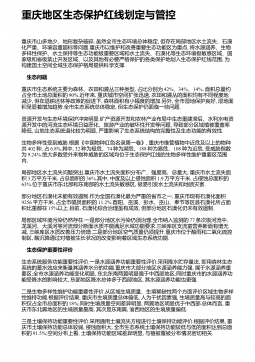
重庆地区生态保护红线划定与管控
分类:社科文学类资料
时间:2024-04-20
标签:无
格式:DOCX
价格:免费



